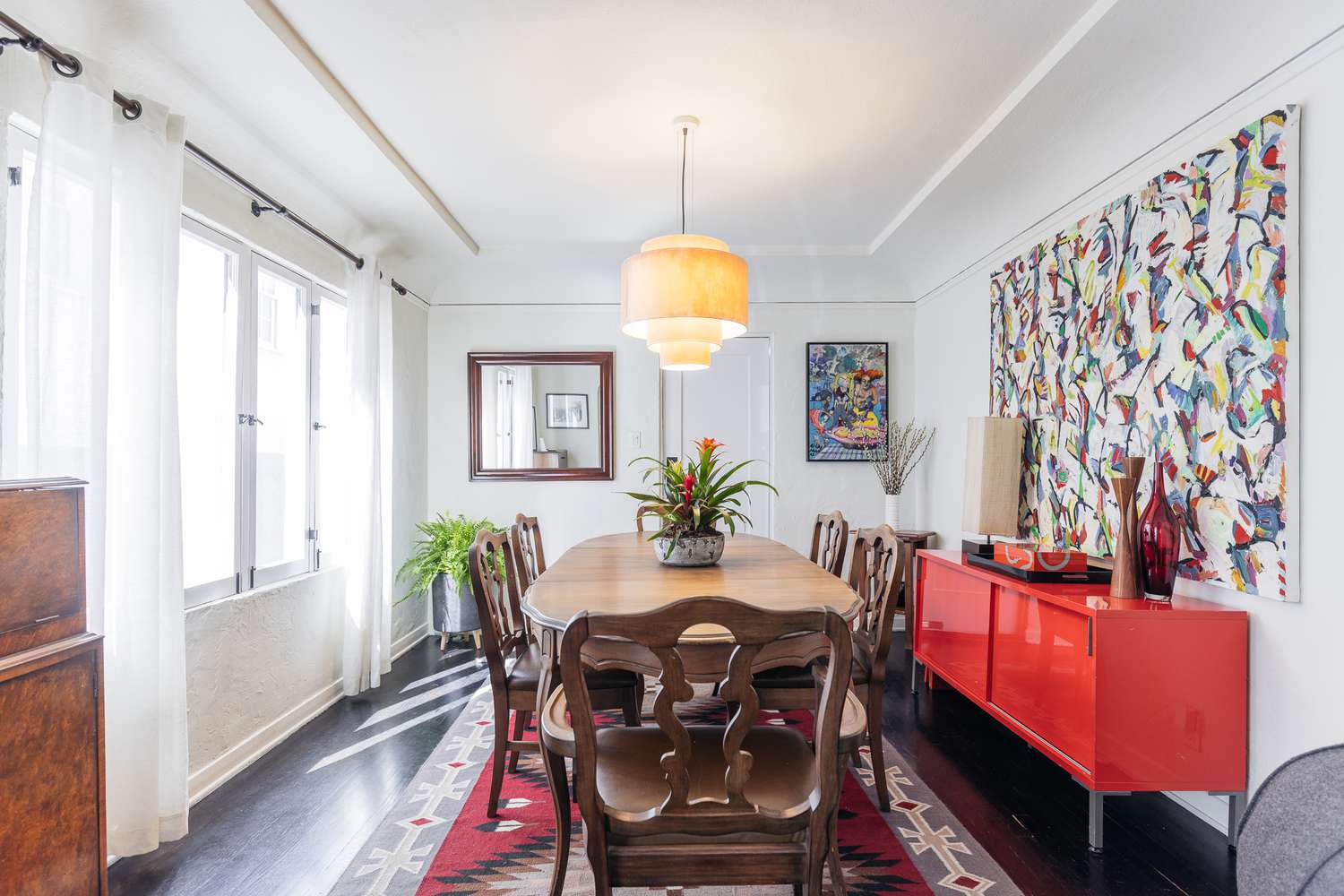

Tableware
What Is A Sideboard In Dining Room?
Modified: January 19, 2024
Discover the function and style of a sideboard in the dining room. Organize and display your tableware with this versatile piece of furniture.
(Many of the links in this article redirect to a specific reviewed product. Your purchase of these products through affiliate links helps to generate commission for Storables.com, at no extra cost. Learn more)
Introduction
Welcome to the world of tableware and dining room decor. In this article, we will delve into the fascinating realm of sideboards and their role in enhancing the dining experience. A sideboard, also known as a buffet or a credenza, is a versatile piece of furniture that not only adds functionality to the dining room but also enhances its aesthetic appeal.
Whether you have a traditional dining room or a more contemporary space, having a sideboard can elevate the overall look and feel of the area. From storing extra cutlery and crockery to displaying decorative items, a sideboard provides ample storage space while serving as a stylish addition to your dining room.
Curious to know more about sideboards? Read on as we explore the definition, purpose, types, materials, features, and tips for choosing and decorating a sideboard. From classic wooden designs to sleek modern styles, let’s discover the world of sideboards and how they can transform your dining room into a functional and visually appealing space.
Key Takeaways:
- Sideboards are versatile pieces of furniture that provide storage, serving areas, and display platforms in the dining room, enhancing both functionality and aesthetics.
- Choosing the right sideboard involves considering size, style, functionality, and budget, while decorating it allows for personal expression and seasonal creativity to elevate the dining room ambiance.
Read more: How To Decorate Dining Room Sideboard
Definition of a Sideboard
A sideboard is a long, low-to-the-ground piece of furniture that is typically placed against a wall in the dining room. It is characterized by its length and multiple drawers and cabinets for storage purposes. Sideboards can be made from a variety of materials such as wood, metal, or a combination of both.
Originally used primarily for serving food, sideboards have evolved to serve multiple functions in the modern dining room. They are not only practical for storing and organizing dining essentials but also serve as a decorative element, adding charm and elegance to the space.
The design of a sideboard can vary greatly, depending on personal preference and the style of the dining room. Traditional sideboards often feature intricate detailing and carvings, while contemporary designs tend to have clean lines and a minimalist aesthetic.
In addition to their storage capabilities, sideboards are also commonly used as a serving surface during meals and gatherings. The flat top of the sideboard provides a convenient space for setting up a buffet-style arrangement or displaying decorative items such as flower vases and candleholders.
Overall, a sideboard is a versatile piece of furniture that combines functionality and style. It adds both storage and serving space to the dining room, while also enhancing the overall look and feel of the space.
Purpose of a Sideboard in the Dining Room
A sideboard serves several essential purposes in the dining room. Let’s explore the main functions and benefits of incorporating a sideboard into your dining room decor.
- Storage: One of the primary purposes of a sideboard is to provide additional storage space in the dining room. The multiple drawers and cabinets of a sideboard offer a convenient place to store extra cutlery, crockery, table linens, and other dining essentials. It helps to keep the dining room organized and clutter-free, ensuring that everything you need for meals and entertaining is within easy reach.
- Serving Area: Sideboards often have a spacious flat top, which can be used as a serving area during meals and gatherings. It provides a convenient space for setting up a buffet-style arrangement or displaying appetizers, desserts, and beverages. The height of the sideboard makes it easy for guests to access food and drinks, creating a seamless dining experience.
- Display Space: Another purpose of a sideboard is to serve as a platform for showcasing decorative items in the dining room. You can display cherished family heirlooms, artwork, or elegant decor pieces on the top of the sideboard. This adds a touch of personalization and visual interest to the space, making it feel more inviting and stylish.
- Extra Seating: Some sideboards are designed with additional features such as attached benches or stool storage. This allows you to use the sideboard as extra seating when needed, especially in smaller dining rooms where space may be limited. It provides a versatile seating option for unexpected guests or children, eliminating the need for extra chairs cluttering the room.
- Aesthetics: Lastly, sideboards are a key component of the overall aesthetics of the dining room. They come in a wide range of styles, finishes, and materials, allowing you to choose one that complements the existing decor. Whether your dining room has a traditional, modern, or eclectic theme, a well-chosen sideboard can enhance the visual appeal and create a cohesive look.
In summary, the purpose of a sideboard in the dining room is threefold: storage, serving area, and display space. Additionally, sideboards can provide extra seating options and contribute to the overall aesthetics of the room. Incorporating a sideboard into your dining room design not only adds functionality but also elevates the visual appeal of the space.
Types of Sideboards
Sideboards come in a variety of styles, shapes, and sizes to suit different design preferences and functional needs. Let’s explore some of the commonly found types of sideboards:
- Traditional Sideboards: These sideboards are characterized by their ornate designs, intricate carvings, and rich finishes. They often feature traditional elements such as claw feet, scrolled legs, and decorative hardware. Traditional sideboards add a touch of elegance and sophistication to the dining room, beautifully complementing classic decor styles.
- Modern Sideboards: Modern sideboards are sleek, minimalistic, and emphasize clean lines and simplicity. They are typically made from materials such as glass, metal, or lacquered wood. These sideboards offer a contemporary and streamlined look, making them suitable for modern and minimalist dining rooms.
- Industrial Sideboards: Taking inspiration from industrial spaces, these sideboards often feature a combination of metal and wood. They have a rugged and utilitarian aesthetic, with features like exposed hardware, distressed finishes, and raw materials. Industrial sideboards add a touch of urban charm and edginess to any dining room.
- Scandinavian Sideboards: Scandinavian sideboards embody the minimalist and functional design principles of Scandinavian interior style. They are characterized by their clean lines, light wood tones, and simple, functional features. These sideboards create a bright and airy atmosphere in the dining room while providing ample storage space.
- Mid-Century Modern Sideboards: Inspired by the design trends of the mid-20th century, mid-century modern sideboards are known for their sleek silhouettes, tapered legs, and organic shapes. They often feature materials such as teak or walnut, and showcase the craftsmanship of that era. These sideboards bring a retro and nostalgic vibe to the dining room.
- Rustic Sideboards: Rustic sideboards exude a cozy and warm atmosphere with their distressed finishes, natural textures, and earthy colors. They often feature wood with visible knots and grain patterns, along with elements like barn-style doors or iron accents. Rustic sideboards add a touch of charm and natural beauty to any dining room.
These are just a few examples of the various types of sideboards available in the market. When choosing a sideboard, consider the overall style of your dining room, the amount of storage space you require, and your personal design preferences. A well-chosen sideboard can be a standout piece in your dining room, while also serving as a functional and stylish storage solution.
Materials Used in Sideboard Construction
Sideboards are constructed using a variety of materials, each offering unique aesthetics, durability, and maintenance requirements. Let’s explore some of the commonly used materials in sideboard construction:
- Wood: Wood is a classic and popular material for sideboards. Different types of wood, such as oak, walnut, mahogany, and cherry, offer varying colors and grain patterns. Wood sideboards exude warmth and create a timeless and elegant look in the dining room. They can be finished with stains, paints, or natural oil to enhance their beauty and protect the wood.
- Metal: Metal sideboards, often made from stainless steel, iron, or brass, add a sleek and contemporary touch to the dining room. They are known for their durability and industrial-chic look. Metal sideboards can be finished with polished, brushed, or powder-coated surfaces, depending on the desired aesthetic. They are also relatively easy to clean and maintain.
- Glass: Glass is commonly used for the doors or shelves of sideboards, adding a touch of sophistication and transparency to the piece. Glass panels can be clear, frosted, or tinted, depending on the desired level of visibility. Glass accentuates a modern and light-filled ambiance, making it a popular choice for contemporary and minimalist sideboards.
- Laminate: Laminate is a practical and affordable material used in sideboard construction. It is made by pressing layers of synthetic materials together, often with a printed pattern or texture on the surface to mimic the appearance of wood or other materials. Laminate sideboards are easy to clean and resistant to scratches, making them a suitable choice for high-traffic areas or households with children.
- Composite Materials: Composite materials, such as Medium-Density Fiberboard (MDF) or Particleboard, are also used in sideboard construction. These materials are made by combining wood fibers or particles with resins and bonding agents. Composite materials offer durability and cost-effectiveness, often providing a smooth and consistent finish. However, they are generally not as durable as solid wood or metal options.
It’s important to consider the desired style, durability, maintenance requirements, and budget when choosing the material for a sideboard. Each material has its own unique characteristics and can greatly impact the overall look and feel of the dining room. Whether you prefer the natural beauty of wood, the sleekness of metal, or the versatility of laminate, selecting the right material will ensure your sideboard not only serves its purpose but also becomes a statement piece in your dining room decor.
A sideboard in a dining room is a piece of furniture used for storage and serving. It typically has cabinets and drawers for storing dishes, linens, and serving pieces, and a flat surface for serving food and drinks. It can also be used to display decorative items.
Read more: How To Decorate A Sideboard In A Living Room
Features and Characteristics of Sideboards
Sideboards come with a variety of features and characteristics that make them versatile and functional pieces of furniture. Let’s explore some of the key features and characteristics you should consider when choosing a sideboard for your dining room:
- Storage Space: One of the primary features of a sideboard is its storage capacity. Sideboards typically have multiple drawers, cabinets, and shelves to accommodate various items. Consider the number and size of compartments you need to organize your dining essentials effectively, such as dishes, cutlery, linens, and servingware.
- Surface Area: Sideboards often have a spacious flat top surface, which can be used for various purposes. Think about how you intend to use the surface area – whether it’s for serving meals, displaying decorative items, or as an additional workspace. Ensure that the dimensions and material of the surface meet your requirements.
- Doors and Drawers: The style and design of the doors and drawers can greatly impact the overall look and functionality of the sideboard. Consider the types of handles or knobs, as well as the ease of opening and closing the doors and drawers. Pay attention to the durability and smoothness of the mechanisms.
- Adjustable Shelves: Some sideboards come with adjustable shelves, allowing you to customize the storage space according to your needs. This feature is especially useful when you have items of different heights that need to be stored or displayed.
- Hardware: The hardware, such as handles, knobs, hinges, and decorative accents, can significantly impact the overall aesthetic of the sideboard. Consider the style and finish of the hardware to ensure it complements your desired look – whether it’s classic, modern, industrial, or rustic.
- Cable Management: If you plan to use the sideboard for housing electronic devices like a TV or a sound system, consider sideboards that offer cable management solutions. These might include openings or compartments that allow for easy routing and concealment of wires.
- Integrated Lighting: Some sideboards come with integrated lighting features, such as LED lights, to showcase the displayed items or add ambient lighting to the dining room. This can create a visually appealing and inviting atmosphere during evening meals or gatherings.
- Style and Design: Sideboards are available in various styles, ranging from traditional and ornate to modern and minimalist. Consider the overall style of your dining room and choose a sideboard that complements the existing decor. Pay attention to details like the shape, color, and finish of the sideboard, ensuring it aligns with your aesthetic preferences.
When selecting a sideboard, carefully consider these features and characteristics to choose a piece that meets your functional needs and enhances the overall look and feel of your dining room. Whether it’s ample storage, a spacious surface area, adjustable shelving, or beautiful hardware, a well-chosen sideboard will become a valuable and stylish addition to your dining room decor.
Choosing the Right Sideboard for Your Dining Room
Choosing the right sideboard for your dining room requires careful consideration of various factors, including size, style, functionality, and budget. Here are some tips to help you make the best choice:
- Measurements: Start by measuring the available space in your dining room where you plan to place the sideboard. Consider its width, depth, and height to ensure that the chosen sideboard fits harmoniously in the room without obstructing traffic flow or overwhelming the space.
- Storage Needs: Assess your storage requirements. Consider the number and type of items you plan to store in the sideboard, such as dishes, cutlery, linens, or glassware. Look for sideboards with ample drawers, shelves, and cabinets that provide enough space to accommodate your belongings.
- Style and Aesthetics: Consider the overall style of your dining room and choose a sideboard that complements the existing decor. Whether your dining room has a traditional, modern, or eclectic theme, look for a sideboard that aligns with the aesthetic. Pay attention to details like the shape, color, and finish of the sideboard to ensure it enhances the overall visual appeal of the space.
- Quality and Durability: Investing in a high-quality sideboard ensures its longevity. Look for sideboards made from sturdy materials such as solid wood or metal, as they are more durable and resistant to wear and tear. Check the construction and finishes to ensure they are of superior quality and will withstand daily use.
- Functionality: Consider the intended use of the sideboard. Do you need it primarily for storage, serving, or display purposes? Look for sideboards that offer the features you require, such as adjustable shelves, cable management, or integrated lighting. Keep in mind how you will use the surface area and choose a sideboard with enough space for your specific needs.
- Budget: Determine your budget range before shopping for a sideboard. Prices can vary widely depending on the size, materials, and craftsmanship of the piece. Establishing a budget will help you narrow down your options and find a sideboard that offers the best combination of quality and affordability.
- Reviews and Recommendations: Do some research and read customer reviews or seek recommendations from friends or experts. This will give you insights into the quality, functionality, and customer satisfaction of different sideboard brands or models.
- Personal Preference: Ultimately, choose a sideboard that resonates with your personal style and preferences. It should reflect your taste and enhance your enjoyment of the dining room. Trust your instincts and select a sideboard that you truly love and envision as a focal point in your dining space.
By considering factors such as measurements, storage needs, style, quality, functionality, budget, and personal preference, you can choose the perfect sideboard that not only adds practicality but also becomes a stylish centerpiece in your dining room. Take your time, explore different options, and select a sideboard that fits seamlessly into your dining room decor and lifestyle.
Tips for Decorating a Sideboard
A well-decorated sideboard can elevate the overall look and feel of your dining room. Here are some tips to help you decorate your sideboard in a visually appealing and stylish manner:
- Balance and Symmetry: Achieve a sense of balance and symmetry by placing matching pairs of items on either side of the sideboard. This could be a pair of table lamps, candleholders, or decorative vases. By creating symmetry, you create a cohesive and visually pleasing display.
- Height and Layers: Vary the height of the items you place on the sideboard to add interest and depth. Use tall vases, sculptures, or artwork to create vertical elements, and layer in shorter items like books or decorative boxes. This adds visual dimension and prevents the display from looking flat.
- Artwork or Mirror: Hang a piece of artwork or a mirror above the sideboard to create a focal point. This adds visual interest and helps to anchor the sideboard in the space. Choose a piece that complements the style and color palette of the room.
- Greenery and Florals: Add a touch of nature to your sideboard by placing potted plants or fresh flowers. Greenery not only adds a pop of color but also brings life and freshness to the display. Consider using a mix of tall and trailing plants for added visual interest.
- Personal Touch: Showcase personal mementos or sentimental items on the sideboard. This could be family photographs, heirloom pieces, or collectibles that hold special meaning to you. Including these personal touches adds warmth and personality to the display.
- Seasonal Decor: Change the decor on your sideboard with the seasons or holidays. Incorporate seasonal elements such as wreaths, garlands, or themed decorations. This allows you to refresh the look of your dining room and keep the display relevant and festive throughout the year.
- Candles and Lighting: Add ambiance to your dining room by placing candles or decorative candleholders on the sideboard. They create a warm and inviting atmosphere, especially during evening meals or special occasions. Consider using candles of different heights and styles for added visual appeal.
- Display with Purpose: Arrange items on the sideboard with intention and purpose. Group items together based on theme, color, or texture. For example, you can create a collection of vintage books, display a set of coordinated dinnerware, or showcase a collection of vintage glassware. This helps create a cohesive and visually pleasing display.
- Seasonal Focal Point: Use your sideboard as a focal point to showcase seasonal or holiday-themed decor. Change the centerpiece or main decorative item based on the occasion. This instantly transforms the look and feel of your dining room and brings a festive touch to the space.
- Minimalism: If you prefer a clean and minimalist look, keep the sideboard decor simple and uncluttered. Choose a few carefully curated items and arrange them in a minimalist and intentional manner. This creates a sleek and sophisticated display that enhances the overall elegance of your dining room.
Remember, the key to decorating a sideboard is to create a visually balanced and curated display that complements the style of your dining room. Play with height, layers, colors, and textures to add depth and visual interest. Whether you prefer a minimalist or eclectic look, let your personal style shine through and create a sideboard decor that reflects your taste and enhances the overall ambiance of your dining room.
Maintenance and Care for Sideboards
Proper maintenance and care are essential for preserving the beauty and longevity of your sideboard. Here are some tips to help you maintain and care for your sideboard:
- Cleaning: Regularly dust your sideboard using a soft, lint-free cloth to remove any surface dirt or dust. Avoid using abrasive materials or harsh chemical cleaners, as they can damage the finish of the sideboard. If there are any spills or stains, clean them immediately using a damp cloth and mild soap, then dry thoroughly to prevent water damage.
- Protection: Use coasters, trivets, or placemats when placing hot or wet items on the sideboard’s surface. This prevents heat damage or water rings from forming. Consider using felt pads or rubber bumpers under objects or decorative items to protect the surface from scratches.
- Avoid Sunlight: Position your sideboard away from direct sunlight, as prolonged exposure can cause fading or discoloration of the wood or finish. If necessary, use curtains or blinds to shield the sideboard from intense sunlight during certain times of the day.
- Temperature and Humidity: Avoid placing your sideboard near heating or cooling vents, radiators, or fireplaces. Extreme temperature fluctuations or high humidity levels can cause the wood to expand or contract, leading to cracks or warping. Maintain a stable and moderate room temperature and humidity level in your dining room.
- Polishing and Waxing: Depending on the type of finish on your sideboard, occasional polishing or waxing can help maintain its luster and protect the wood. Follow the manufacturer’s instructions or consult a professional to determine the appropriate polish or wax for your specific sideboard.
- Hardware Maintenance: Periodically check the hardware on your sideboard, such as handles, knobs, and hinges. Tighten any loose screws or bolts and lubricate the moving parts if necessary. This ensures that the hardware remains secure, functional, and free from rust or corrosion.
- Preventive Measures: Place felt or fabric pads under decorative items or heavy objects to prevent them from scratching or damaging the surface of the sideboard. Avoid dragging or sliding items across the sideboard to minimize the risk of scratches. Lift and carry items when rearranging or cleaning the sideboard.
- Professional Maintenance: If your sideboard requires more extensive repairs or refinishing, it is advisable to seek help from professionals who specialize in furniture restoration. They can assess the condition of your sideboard and provide the necessary repairs or refinishing to restore its original beauty and functionality.
- Regular Inspections: Occasionally inspect your sideboard for any signs of wear, damage, or pests. Look for cracks, loose joints, or signs of wood-boring insects. Early detection of any issues allows for prompt action, preventing further damage and ensuring the longevity of your sideboard.
By following these maintenance and care tips, your sideboard will not only retain its beauty but also remain a cherished piece in your dining room for years to come. Remember to treat your sideboard with care, clean it regularly, protect it from direct sunlight and extreme temperature fluctuations, and address any issues promptly to ensure its optimal condition.
Read more: What Is In A Dining Room?
Conclusion
Sideboards are more than just functional storage pieces in the dining room; they are statement pieces that add character and style to the space. Whether you have a traditional, modern, or eclectic dining room, a well-chosen sideboard can enhance the overall look and functionality of the room.
We explored the definition of sideboards and their purpose in the dining room. Sideboards offer ample storage space for your dining essentials, serve as a convenient serving area during meals and gatherings, and provide an opportunity to display decorative items that reflect your personal style and taste.
There are various types of sideboards to choose from, including traditional, modern, industrial, Scandinavian, mid-century modern, and rustic styles. Each style has its unique charm and complements different interior design themes.
Sideboards are constructed using different materials, such as wood, metal, glass, laminate, or composite materials. Each material offers its own set of aesthetics and durability, allowing you to choose the one that best suits your preferences and budget.
When selecting a sideboard, consider its features and characteristics, including storage space, surface area, doors and drawers, adjustable shelves, and hardware. These features contribute to the functionality and overall appeal of the sideboard in your dining room.
Once you have chosen your sideboard, decorating it becomes an opportunity to showcase your creativity. Keep in mind elements such as balance, symmetry, height variation, personal touches, and seasonal decor to create a visually appealing and personalized display on your sideboard.
Regular maintenance and care are essential to ensure the longevity of your sideboard. Follow proper cleaning techniques, protect the surface from heat and moisture, and address any repairs or refinishing needs promptly. By doing so, you can preserve the beauty and functionality of your sideboard for years to come.
In conclusion, a sideboard is a versatile and stylish addition to any dining room. It combines functionality with aesthetics, providing storage space, serving areas, and a platform for display. With the right sideboard, you can enhance the atmosphere of your dining room and create a space that is not only beautiful but also highly functional.
Frequently Asked Questions about What Is A Sideboard In Dining Room?
Was this page helpful?
At Storables.com, we guarantee accurate and reliable information. Our content, validated by Expert Board Contributors, is crafted following stringent Editorial Policies. We're committed to providing you with well-researched, expert-backed insights for all your informational needs.
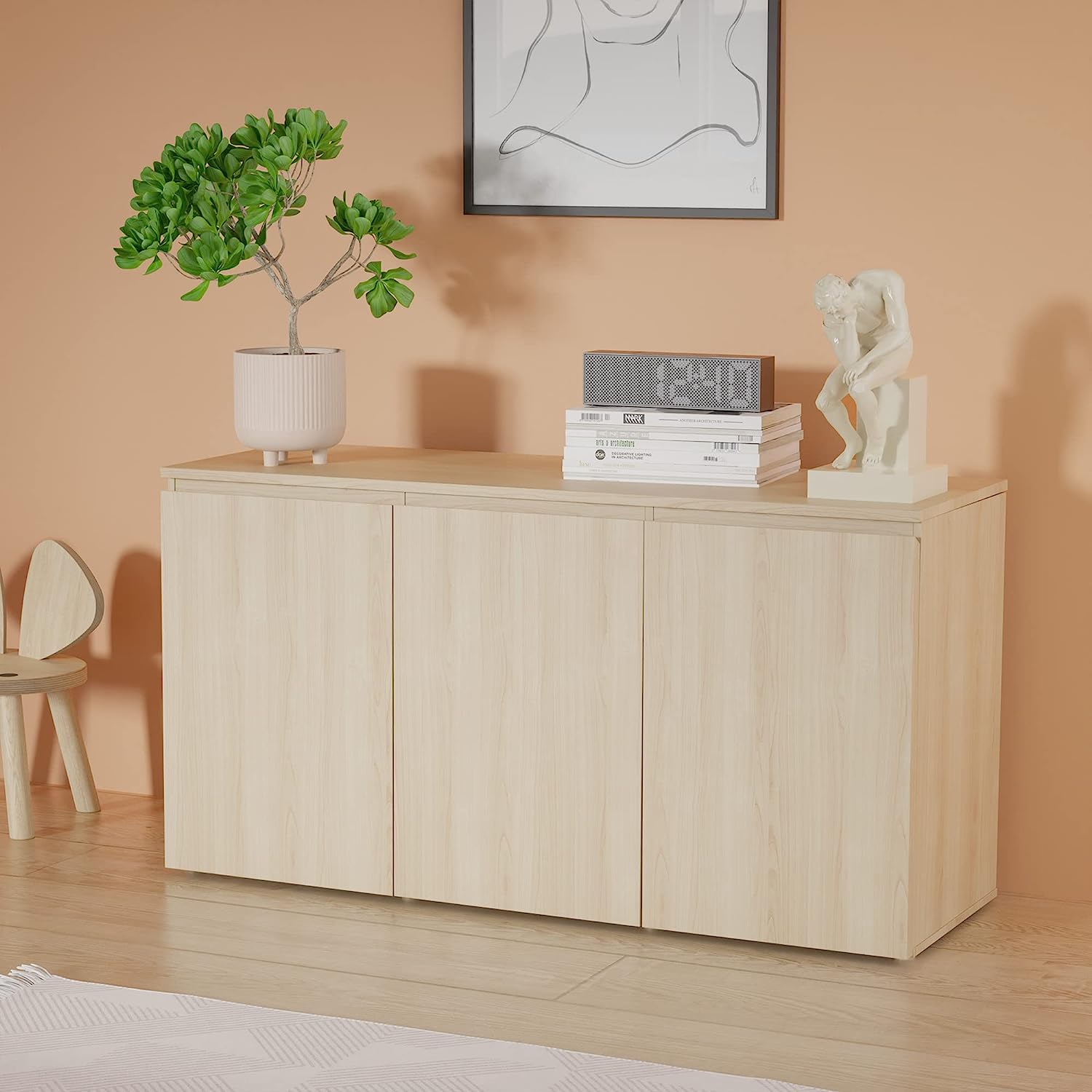
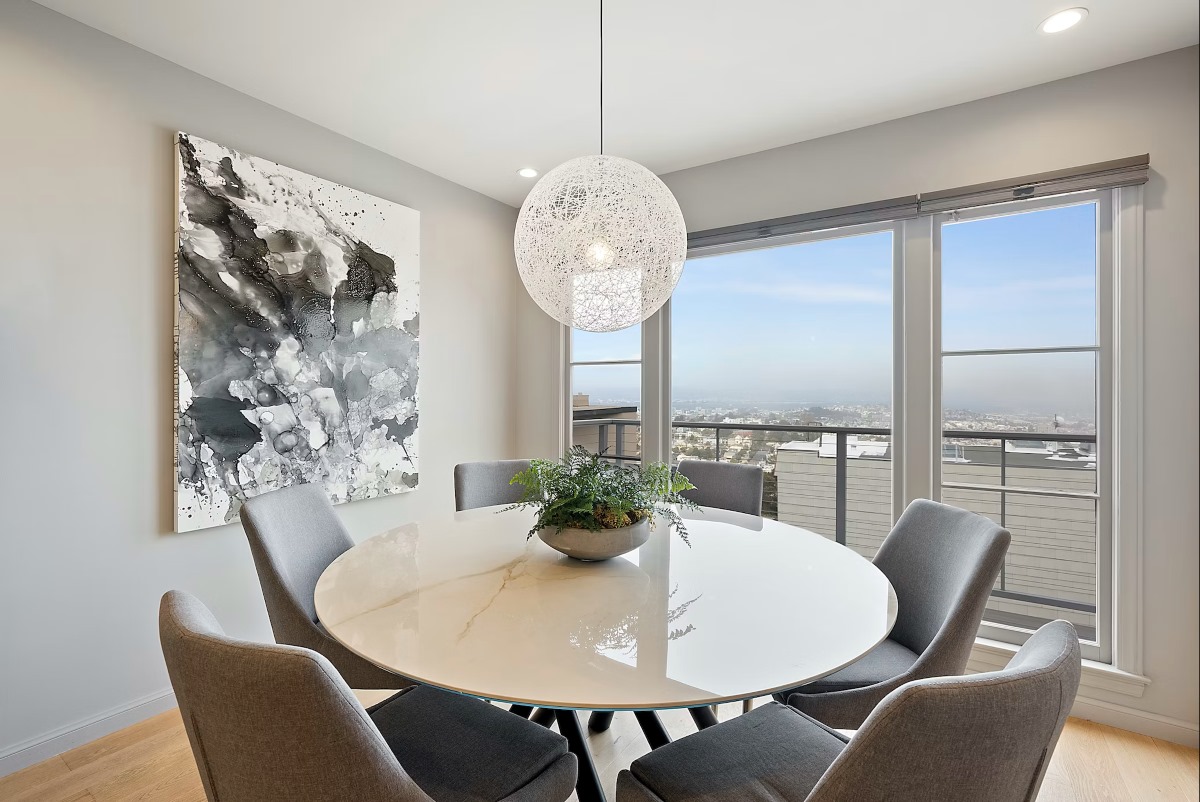
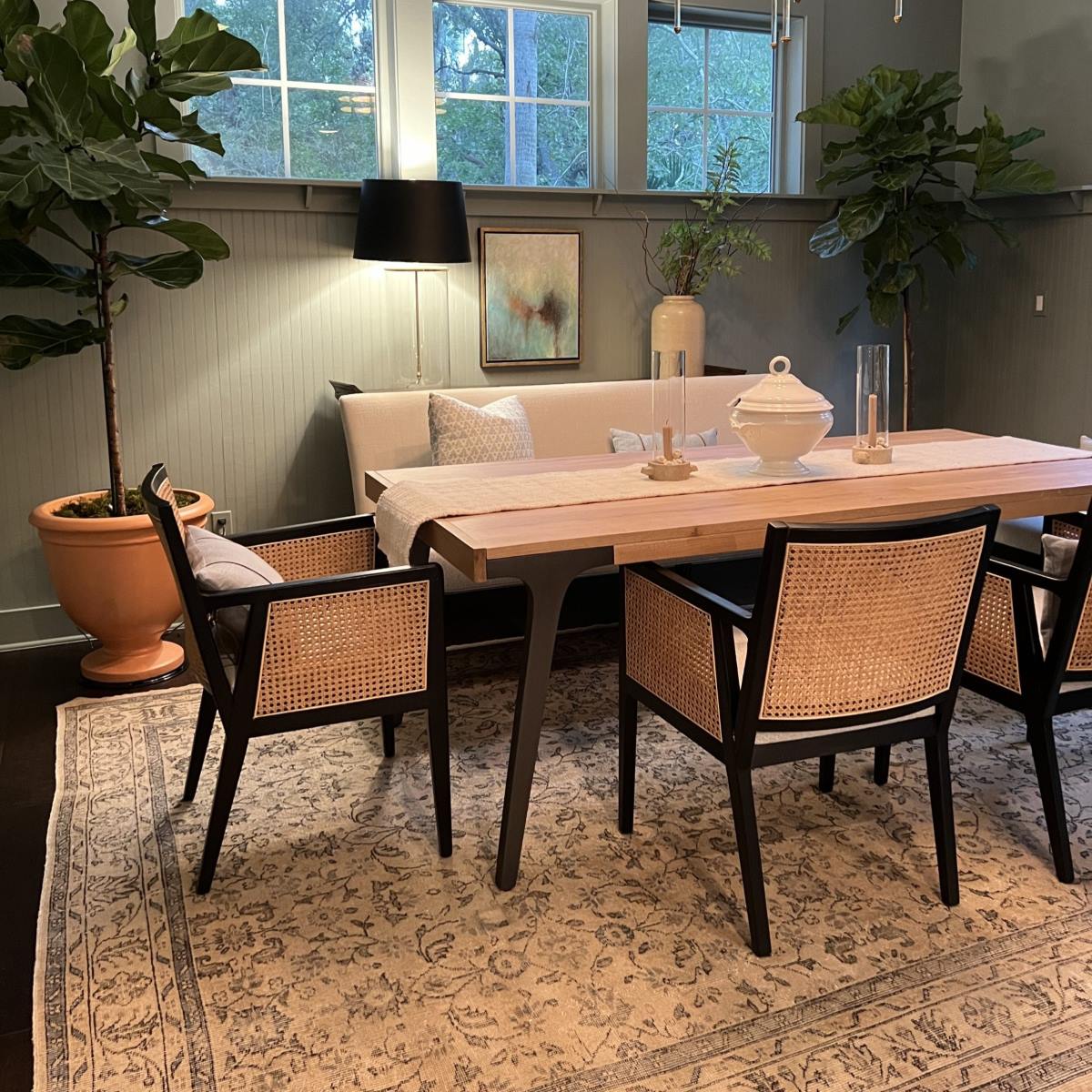
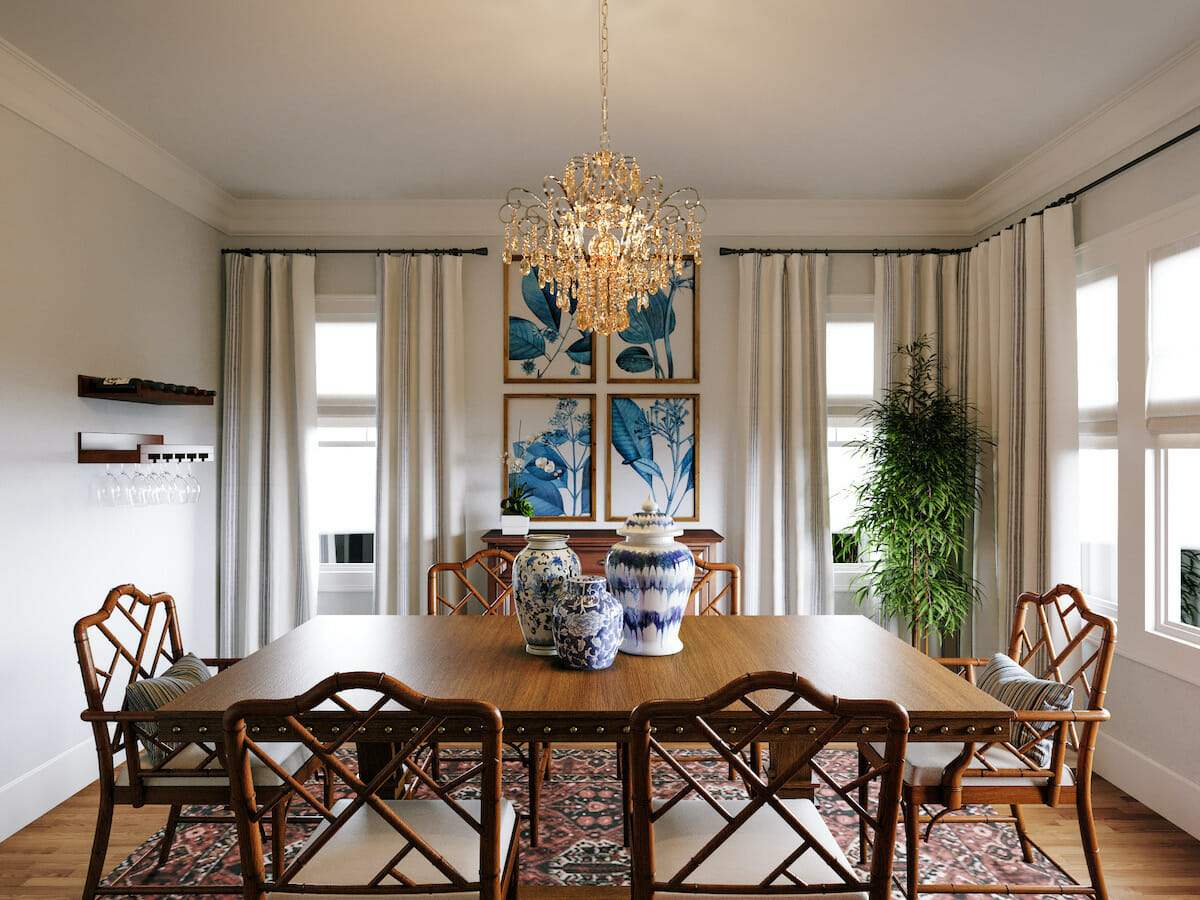
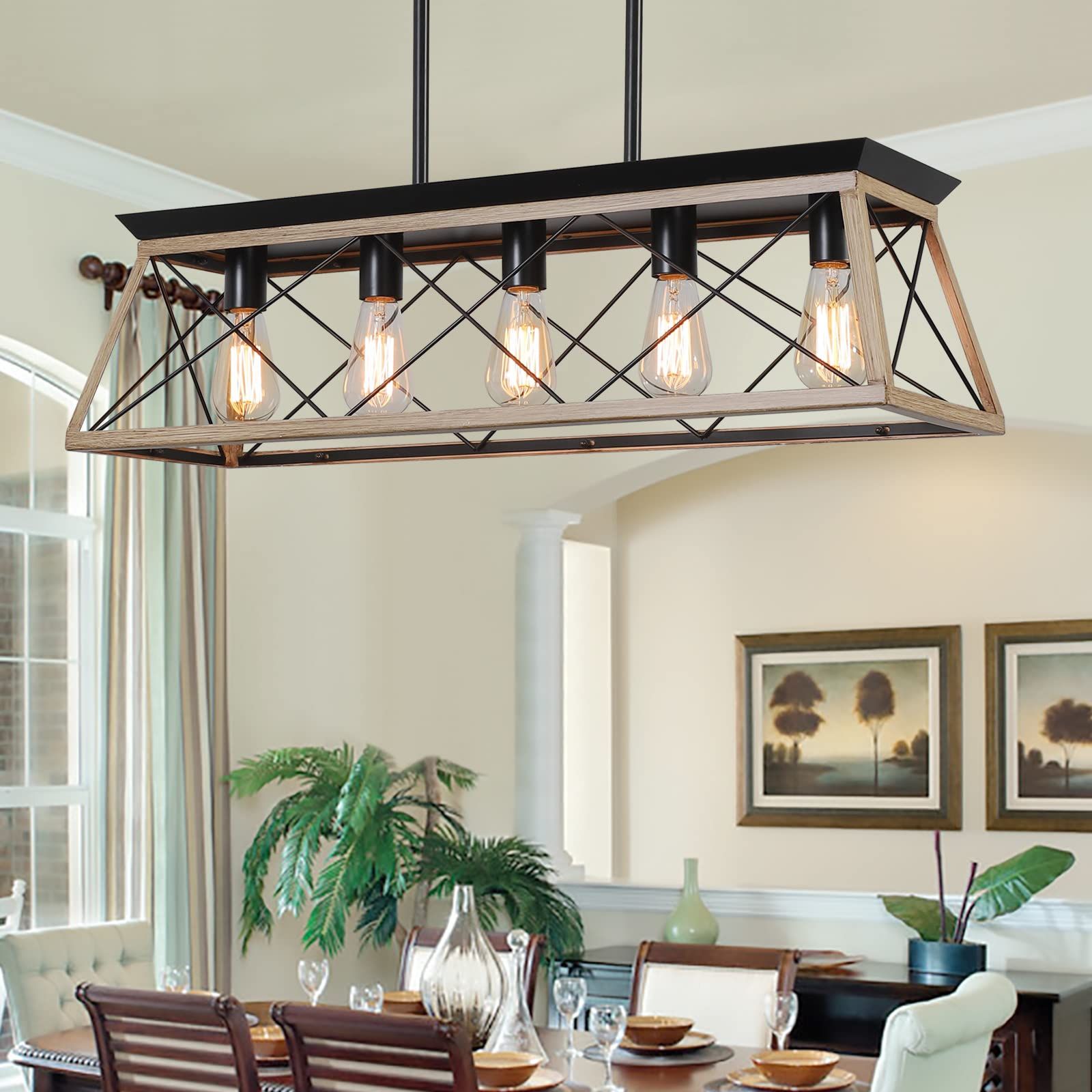
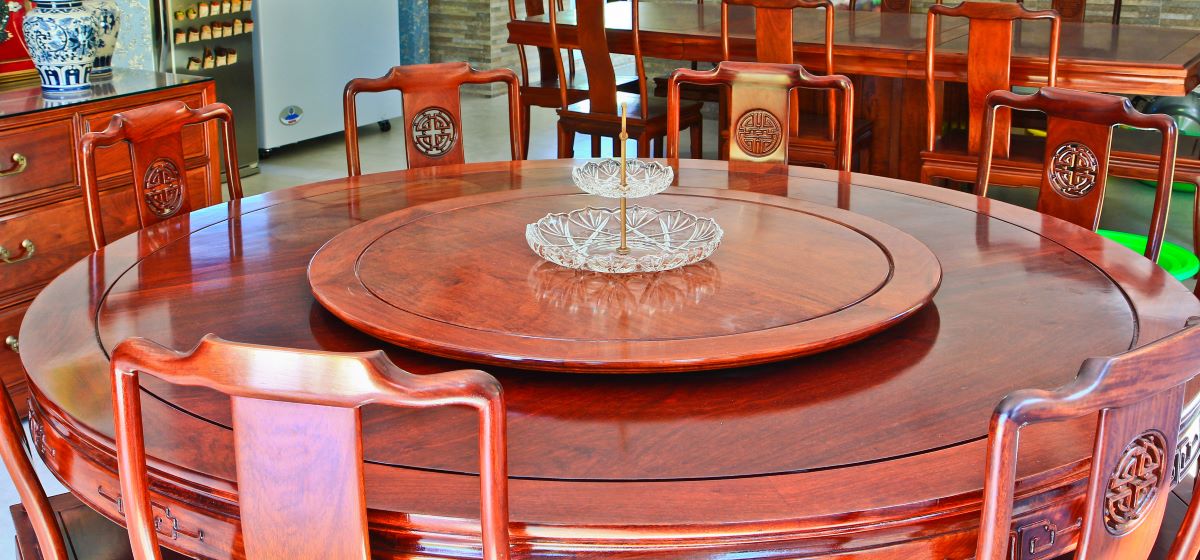
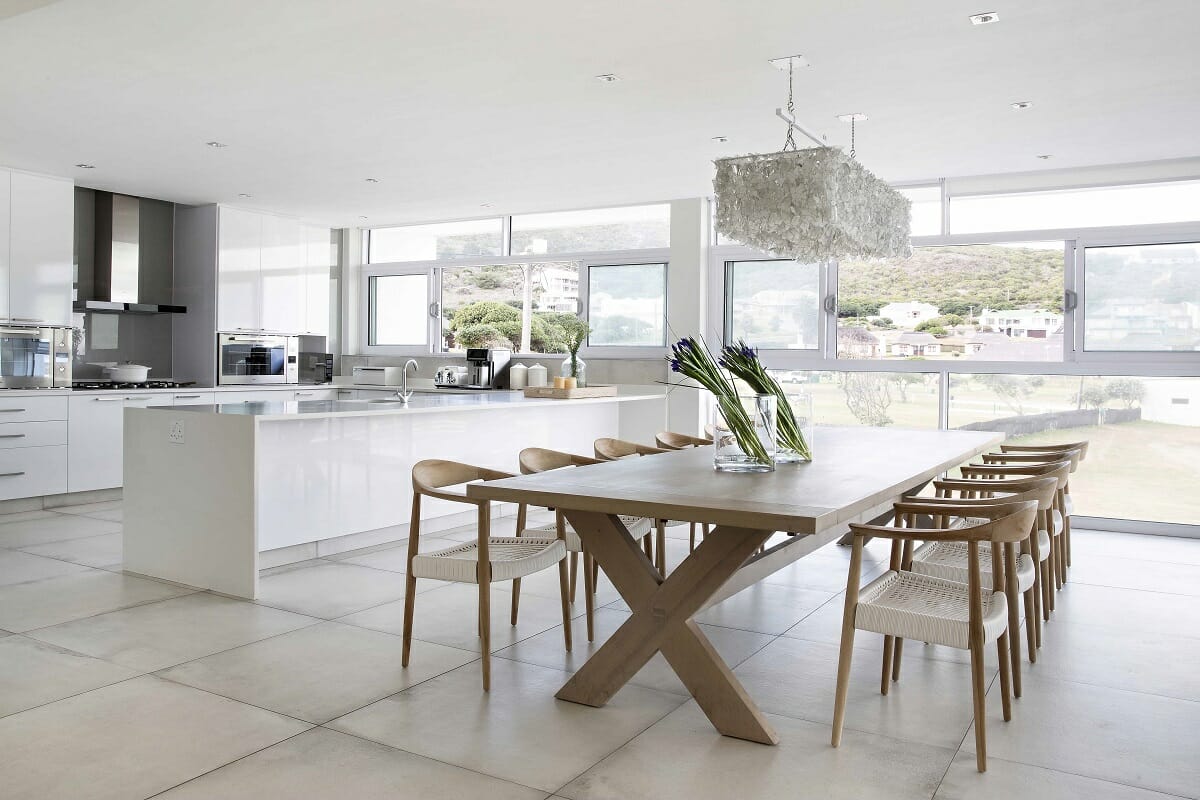
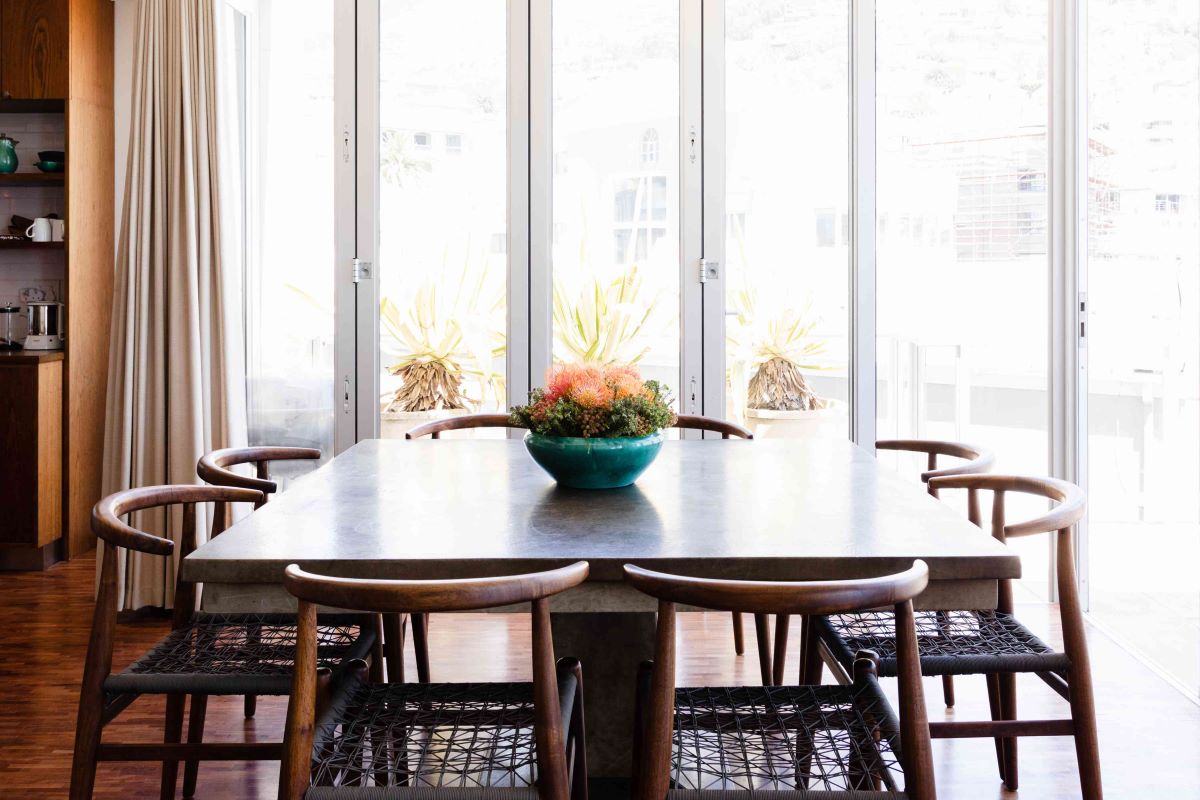
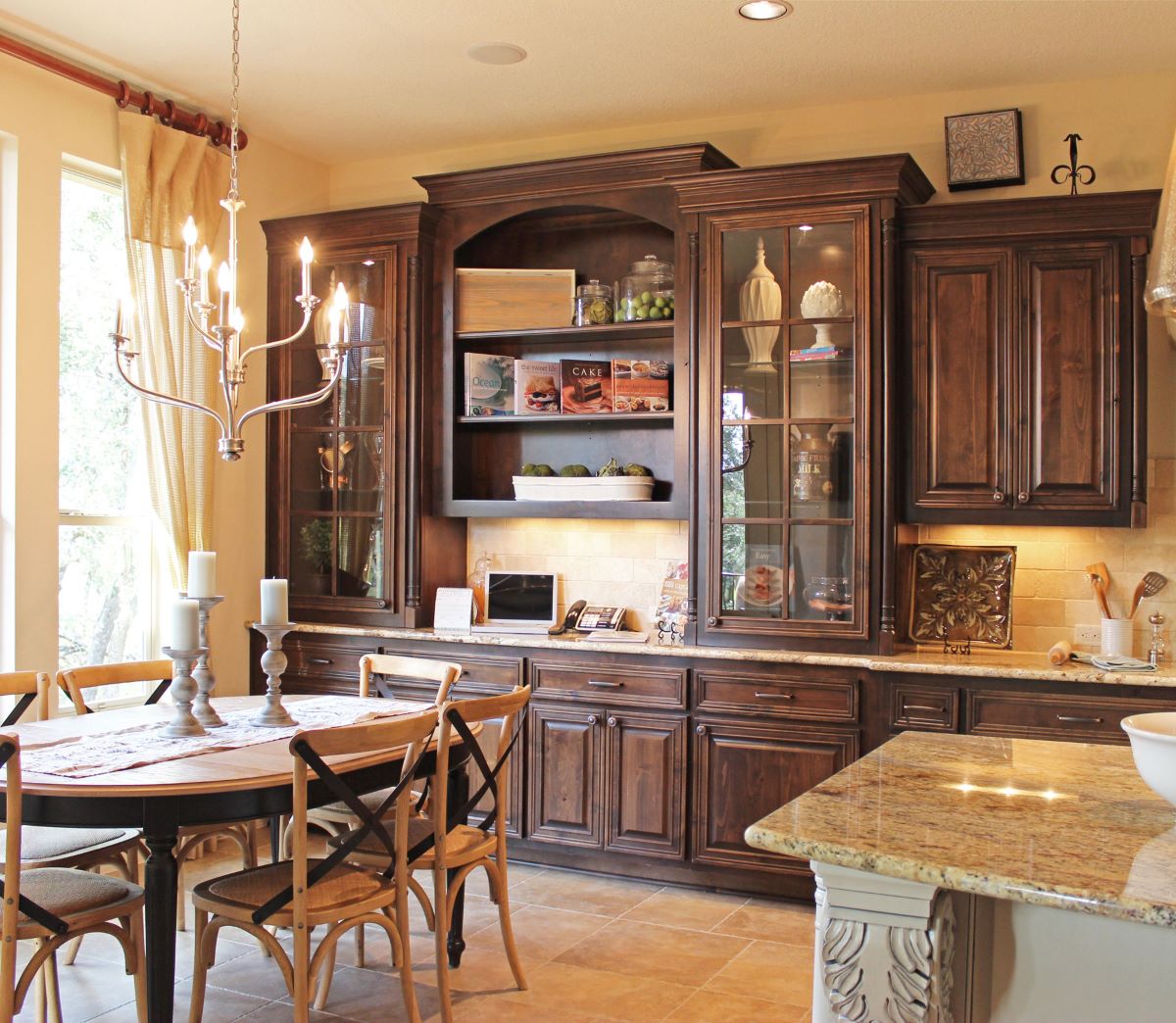
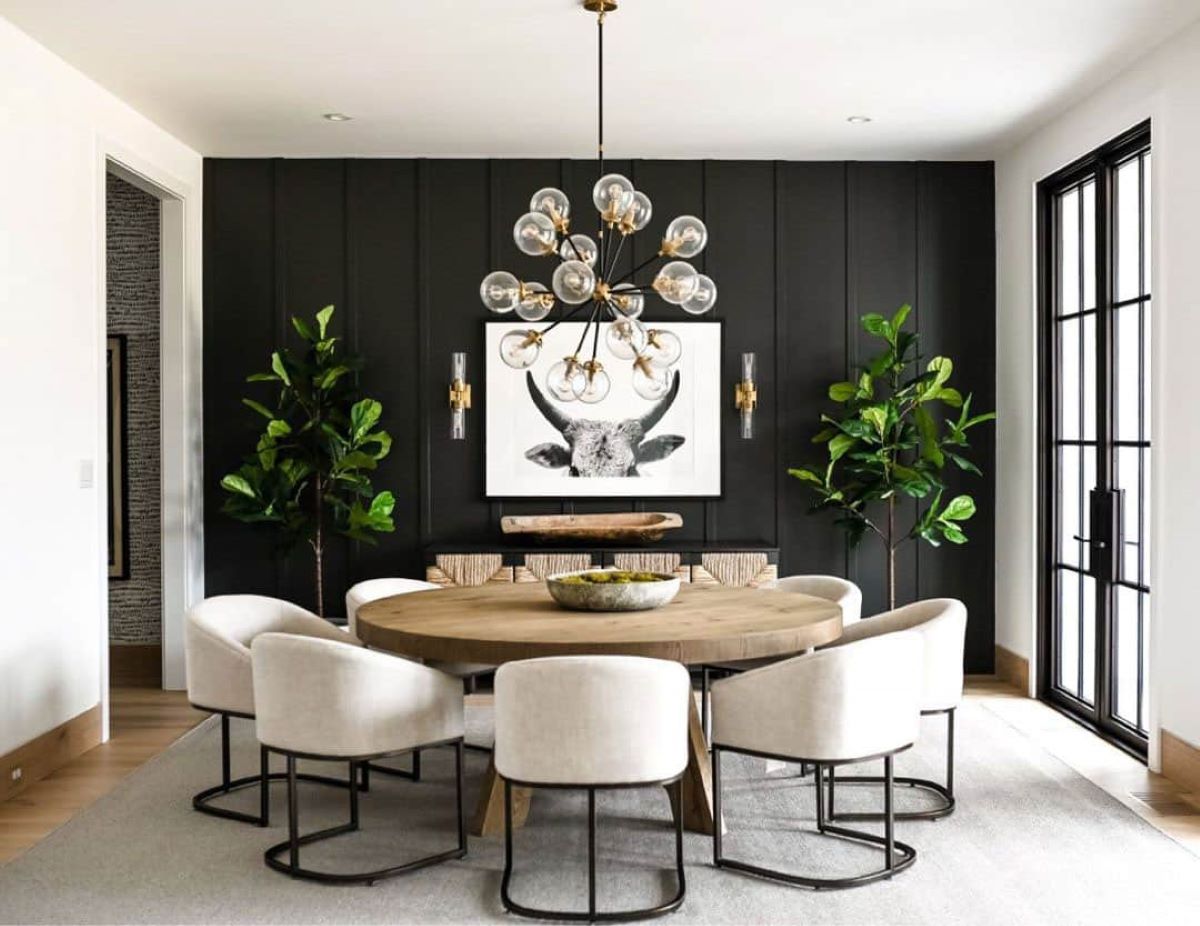
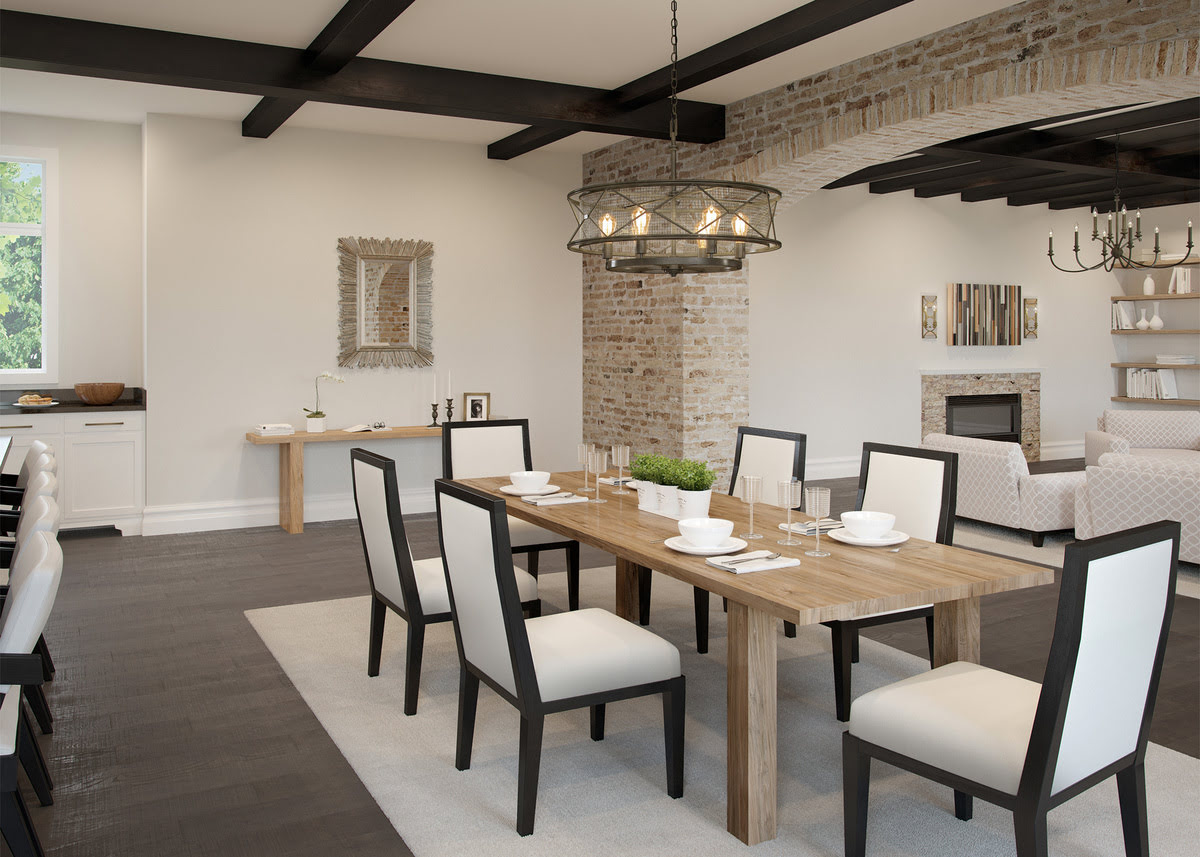
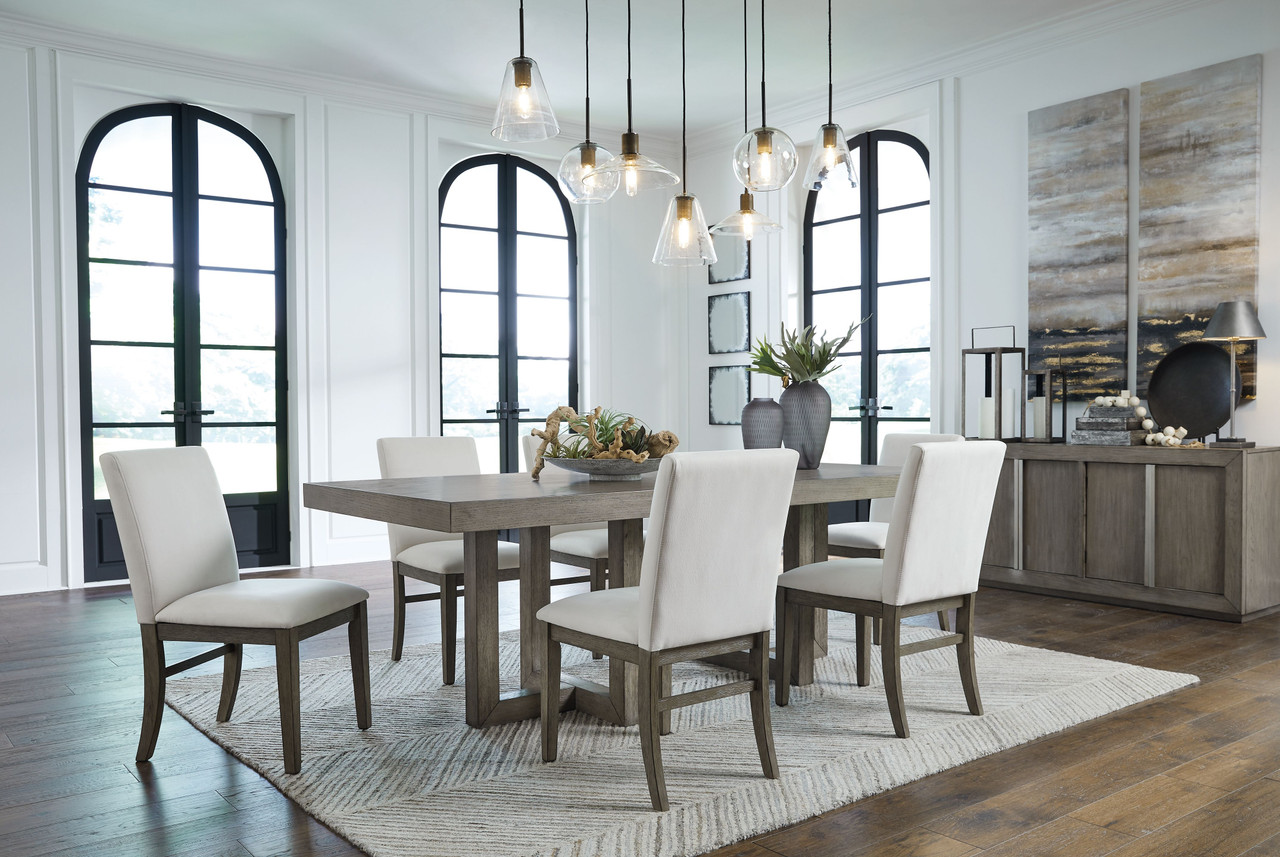
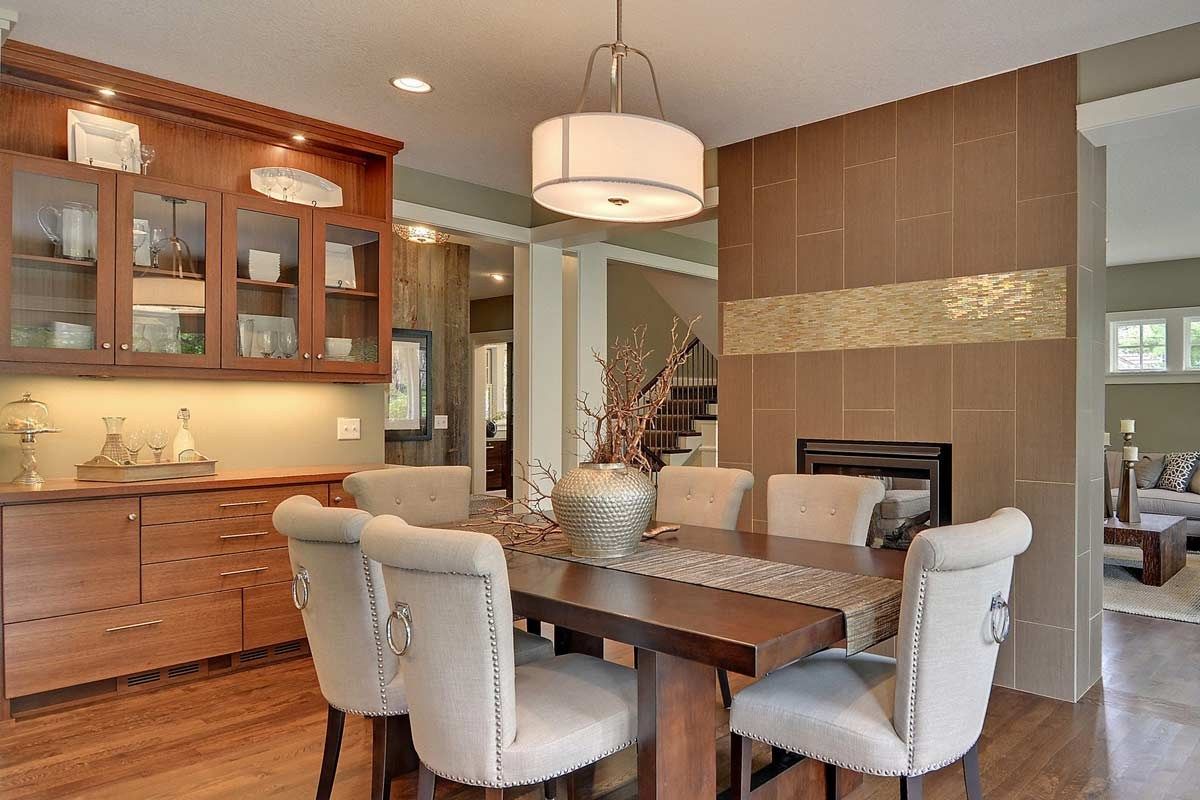

0 thoughts on “What Is A Sideboard In Dining Room?”